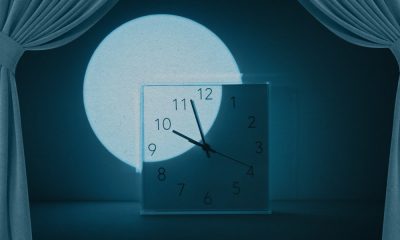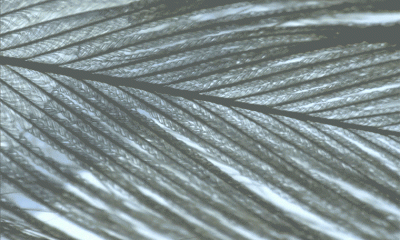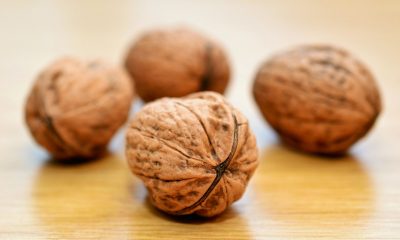Many parents prefer “eco-friendly” products for their children, but are such products really free of potentially harmful chemicals? A team of researchers has now found that many of these “green” products actually contain toxic substances.
PFAS (Per- and Polyfluoroalkyl Substances) are a large group of chemicals that are widely used in the manufacturing of many products we use every day. For instance, they can be used to make stain-resistant clothes or non-stick cookware.
However, PFAS have also been linked to various health effects such as cancers, low birth weight, asthma and thyroid disease, Silent Spring Institute noted in a news release Wednesday. There’s also evidence that it can suppress the immune system, possibly impacting the effectiveness of childhood vaccines. According to the National Institutes of Health (NIH), previous studies have found PFAS in people’s blood and urine, indicating widespread occurrence.
For their study, published Wednesday in the journal Environmental Science & Technology, the researchers tested 93 items that are “marketed to or often used” by children and adolescents. They included furnishings, clothes and bedding that had “water and/or stain resistance and ‘green’ (including ‘nontoxic’) assurances.”
“Since product labels rarely list chemical additives, including PFAS, we evaluated whether other information on product labels can be used by consumers to select products without PFAS,” the researchers wrote.
However, rapid screening tests found that 54 of the products actually contained detectable fluorine, which is a marker of PFAS. Further testing revealed the presence of 36 different PFAS chemicals in the products that had “water-resistant” or “stain-resistant” labels.
“Products labeled as water- and/or stain-resistant had more frequent detections and higher concentrations of methanol-extractable targeted PFAS than products not labeled that way,” the researchers wrote.
PFAS were most commonly detected in upholstered furniture, clothes and pillow protectors, with clothes and pillow protectors “generally” having higher PFAS levels compared to other products. Furthermore, a chemical that has already been phased out in the U.S. – PFOA – was detected even in products that are labeled as “green.” Most of them came from China.
“These are products that children come into close contact with every day and over a long period of time,” study co-author Kathryn Rodgers, of Boston University School of Public Health, said in the news release. “Given the toxicity of PFAS and the fact that the chemicals don’t serve a critical function, they should not be allowed in products.”
The results of the study show that green certifiers should add PFAS in their criteria and the reviews should be more thorough. Their work shows that “current green assurances do not consistently indicate the absence of PFAS.”
“The ability of PFAS to migrate out of consumer products used by children or adolescents raises concerns about exposures to these toxic chemicals during sensitive developmental periods,” the researchers wrote. “The toxicity of many PFAS and the potential for long-term exposures to children and adolescents from intimate contact with these products support removing noncritical uses of PFAS from products used by children or adolescents as a way to protect their health.”
















